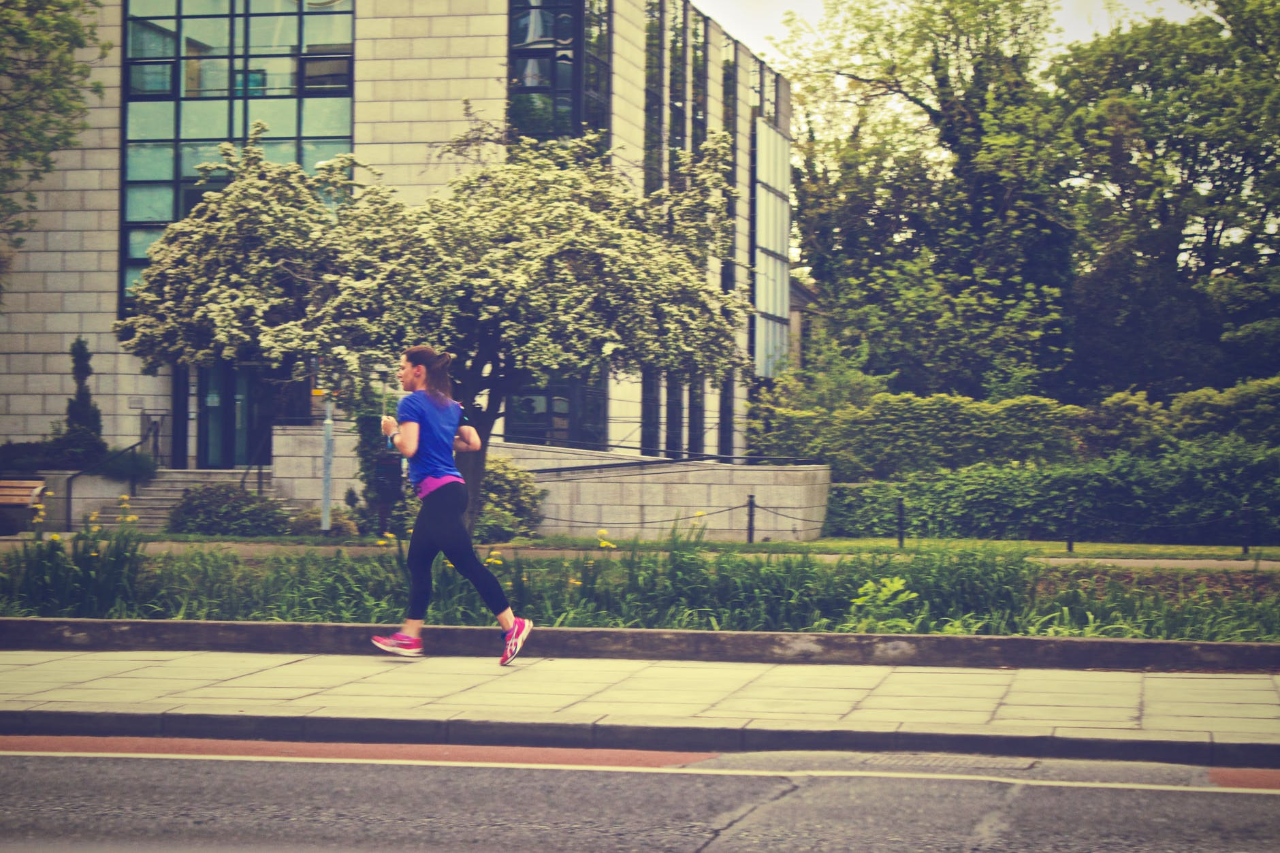
You are going to learn a term that is important: Cardiac Output training. This is your “low-intensity” cardio that most people think is boring and useless. Hopefully, though, you understand why it’s important, and also learn some cool ways to do this by the end.
“Cardio” was not cool for a while, especially in the early 2000’s. It was “Go Hard or Go Home”; people actually believed low-intensity cardio would make your muscles smaller, and still do. I find that fascinating…
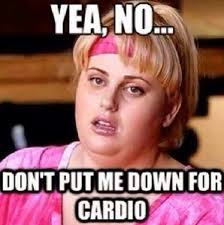
Today, it’s sort of making a comeback, likely because a lot of the “Go Hard or Go Home” folks have run themselves into the ground with too many Boot-camps, heavy lifting circuits, High Intensity Interval Training, etc.

I’m here to tell you that “easy” cardio is pretty cool, especially when you realize why. Here is a brief and very simplified version of your Aerobic system with a focus on how and why certain exercise actually makes your heart healthier, and how it can do more harm than good for your heart if you train like an idiot with too much high-intensity work.
Aerobic System 101
Your Aerobic system is easily the most efficient and economical energy system; you can run marathons with it, do heavy yard-work all day, and use it to recover faster between intense bouts of exercise. Top athletes know this, and smart ones always ensure they have a solid Aerobic base, regardless of their sport, because it aids in recovery between workouts, or plays on the field for that matter. That is their “off-season” training. Even if you think a sport like football is purely Anaerobic, given it consists of short, intense plays with long rests in between, it’s your Aerobic System that replenishes your energy between those plays and time-outs. So yeah, it’s a big deal!
Even if you are not an athlete, which if you are reading MY blog, you probably aren’t, lol, you would benefit from having some “off-season work” for health reasons I will discuss.
As you now know from my previous article on Energy Systems 101, your other 2 energy systems (Phosphate System and Glycolytic/Lactate System) pale in comparison to energy production and capacity, for the simple reason that the energy they provide is easily available (less chemical steps) but quickly runs out! But you definitely need both, because those latter systems allows you to be more of a badass and do high intensity things like this:
 Impressing his wife, maybe…
Impressing his wife, maybe…
Many activities use all 3 energy systems interchangeably, as there are spurts of movements (jumping) that require the latter 2, combined with lower intensity activities (jogging down court, walking, etc.) In something like CrossFit or Orange Theory or any Bootcamp, you are using ALL the energy systems sporadically and continuously.
3 windows of opportunity to Improve aerobic fitness
- Improve O2 supply to your muscles and organs/tissues.
- Improve O2 utilization by the muscles: b/c it’s your muscles that are making you do any physical work.
- Use your fuels efficiently with efficient substrate availability: in a nutshell, this means being able to efficiently use calories—a ridiculously intense topic for another day.
Improve any of the above, and your Aerobic fitness improves, plain and simple. Starting to see the light? Wait till you find out there are like 10+ methods to do all of this! I’ll save that for Part 2. Hell, you actually might even want to go out and do Aerobic work since some are actually fun! Like I said, you can make Yard work your cardio day if it’s continuous movement.
Here is the heart health section: If you have ever exercised, especially low-intensity, long duration work, you have likely have improved your “cardiac output” function, which doctors will describe as follows:
Cardiac output = stroke volume × heart rate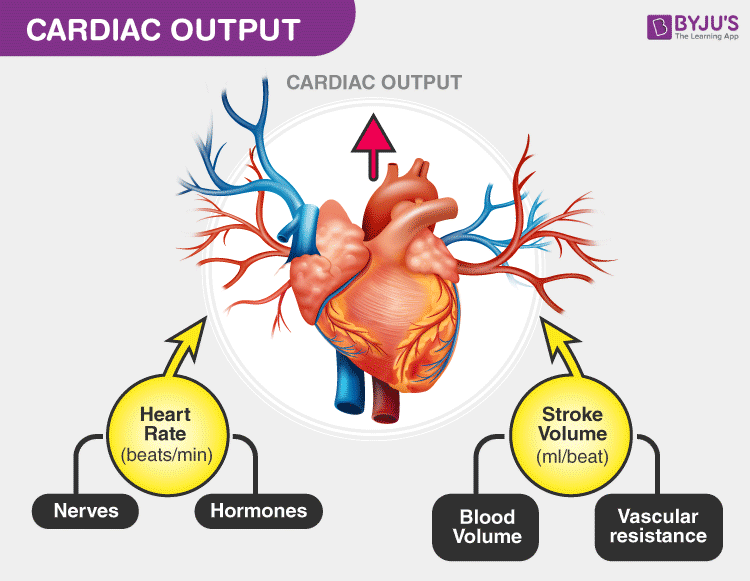
For the body to function properly, the heart needs to pump blood at a sufficient rate to maintain an adequate and continuous supply of oxygen and other nutrients to the brain and other vital organs. Cardiac output describes the amount of blood your heart pumps each minute, also known as stroke volume.
Stroke volume = amount of blood your heart pumps each time it beats—the higher the better!
Why and How does this “heart health cardio” work?
During exercise, your body may need 3-4x your normal cardiac output, because your muscles need more oxygen when you exert yourself versus just sitting around. Your heart can increase its stroke volume by pumping more forcefully OR increasing the amount of blood that fills the left ventricle before it pumps. Generally speaking, your heart beats both faster and stronger to increase cardiac output during exercise.
Common sense stuff…
When you do low-intensity work (often noted as 120-150 beats per minute, or a 5 or 6 on a scale of 1-10 intensity-wise), you allow a maximal amount of blood to profuse into the left ventricle of your heart. Why a MAXIMAL amount? Because the heart can go through a complete pump. This is the key “why” of Cardiac Output training. As you force blood into that left ventricle, it’s in there just long enough to stretch the heart walls. With consistent training, this will create an adaptation (known as eccentric cardiac hypertrophy), with the adaptation being that your left ventricle stretches and stays stretched! Combined with proper respiration patterns (a topic unto itself), your stroke volume likely just improved!
Whoop Whoop!
On the other hand, too many intervals with incomplete rest periods have the opposite effect—they can thicken your heart walls (i.e. known as concentric cardiac hypertrophy); this isn’t dangerous, per say, and it has its own benefits, but too much of it can chronically thicken your heart walls!
Consider: having your heart rate at a “9” on a scale of 1-10 repeatedly with little rest (i.e. Suicide Sprints) means the heart is trying to get all that blood in and out as fast as possible! No complete pump and stretch of the heart wall is going on–hence why people who do intervals all year round with no easy Aerobic training usually have high resting heart rates, and can never relax!!!! Btw, that describes me in my 20’s when i subscribed to the Go Hard or Go Home approach”
Below is a picture of the larger left ventricle that you will get doing Cardiac Output training….bottom right image. It’s a beautiful thing…
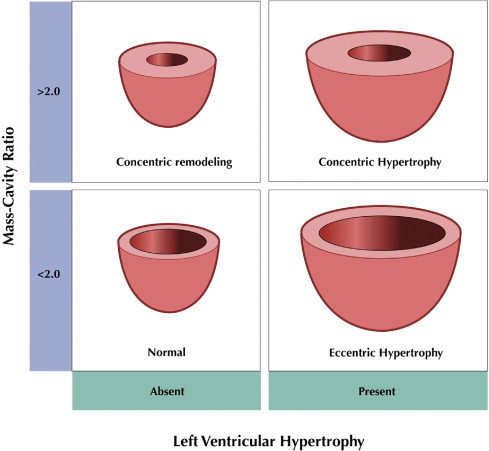
I’m not knocking high-intensity intervals, but use them wisely and sporadically, not every day. They are absolutely needed, especially if you are low on time or in the part of your program that requires more stress, but you can easily over-train them if the intensity stays too high (i.e. Suicide Sprints or Tabata-like intervals day in and day out).
Besides the well-known benefits of Aerobic training, here are a few more you might not have thought of that low-intensity cardiac output training can achieve:
- Deeper, more restful sleep.
- Less stress and anxiety.
- Improved Recovery from Intense workouts like Bootcamp (feeling fresher, faster)
- Peace of Mind knowing you don’t have to crush yourself all the time!
Cardiac Output training means you can even watch Netflix or a Phish concert while you work out. Sign me up!
2 Sample workouts:
Traditional:
- Running/Biking, (insert your favorite traditional activity/machine)—but you must keep the intensity at a “5-6” level, do it for a minimum of 30 minutes, and increase the time over a certain number of weeks. You could talk normally throughout this workout without having to stop or catch your breathe.
If you get bored quickly like I do, you can try low-intensity circuit training that will kill more than 1 bird with 1 stone, such as throwing some Mobility Flows in after a 10 min jog, enhancing your flexibility while increasing your Aerobic fitness! Maybe even getting some yard-work in during your workout between slow jogs or jumping jacks.
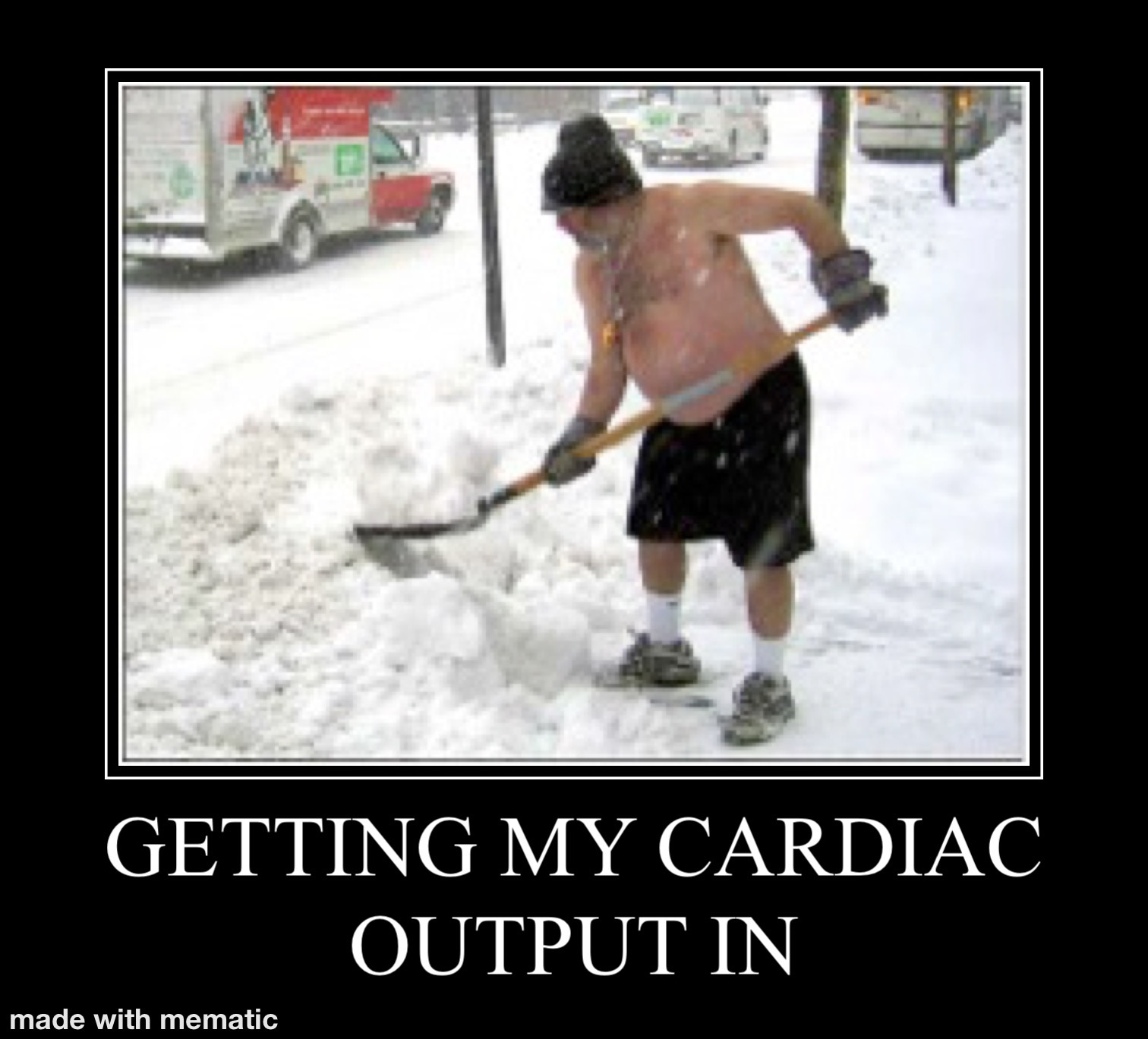
Cardiac Output Circuit:
- 25 Jumping Jacks
- Bout of Yard-work (Something like carrying heavy bags to the trash)
- Bear Crawl for 25 yards
- Incline Walk or Slow Jog for 1 minute around your house (or Running in Place, which is a new Coronavirus-style exercise!)
- Another bout of Yard-work: maybe shoveling that dirt you have been ignoring…
- Mobility Hip work
- 25 More Jumping Jacks
- Loaded carries (weights, trash, anything you have!) for 1 minute
- Fast Walk around the block
- Repeat for 30 minutes, and increase duration each week
How do I know if my cardio is working?
Method 1: Track your Resting Heart Rate; In general, Aerobic development should see your overall resting heart rate come down over time, both at rest and during activities you normally engage in. Think about it—the more “in shape you get” means the same activity doesn’t have you huffing and puffing as much. Check it under the same conditions each time—say Sunday morning after a rest day (non-workout day) in bed.
Method 2: Track your Heart Rate Variability (topic for another day); not even going here in this first article! But this is the future of health, not just fitness. Remember I said that!
Method 3: Track how fast your heart rate comes down. This is known as Heart Rate Recovery, and you literally just need to take your pulse for 1 minute after a bout of exercise. Continue testing it under the same intensity/workout. The better your Aerobic fitness, the faster it will come down over time. The faster your heart rate comes down means you don’t need all the rest an out-of-shape guy needs after a bout of exercise. Great athletes showcase their Aerobic capacity all the time at the end of a game, when their opponents are toast.

If these things are happening, then your Cardiac Output workouts are working.
In Part 2, I’ll go over some other well-researched methods for Aerobic development, but I hope you know that there is certainly a place (I’d say requirement!) for low-intensity bouts of work. What you will learn next is how the higher intensity work (and strength work) can piggyback on your cardiac output work. You want to use a VARIETY of intensities and workouts to maximally develop your Aerobic system, so Stay Tuned!
* If you are interested in virtual training/coaching, click the link below or see my site at https://www.trainerize.me/profile/brianmahoney/Brian.Mahoney.



